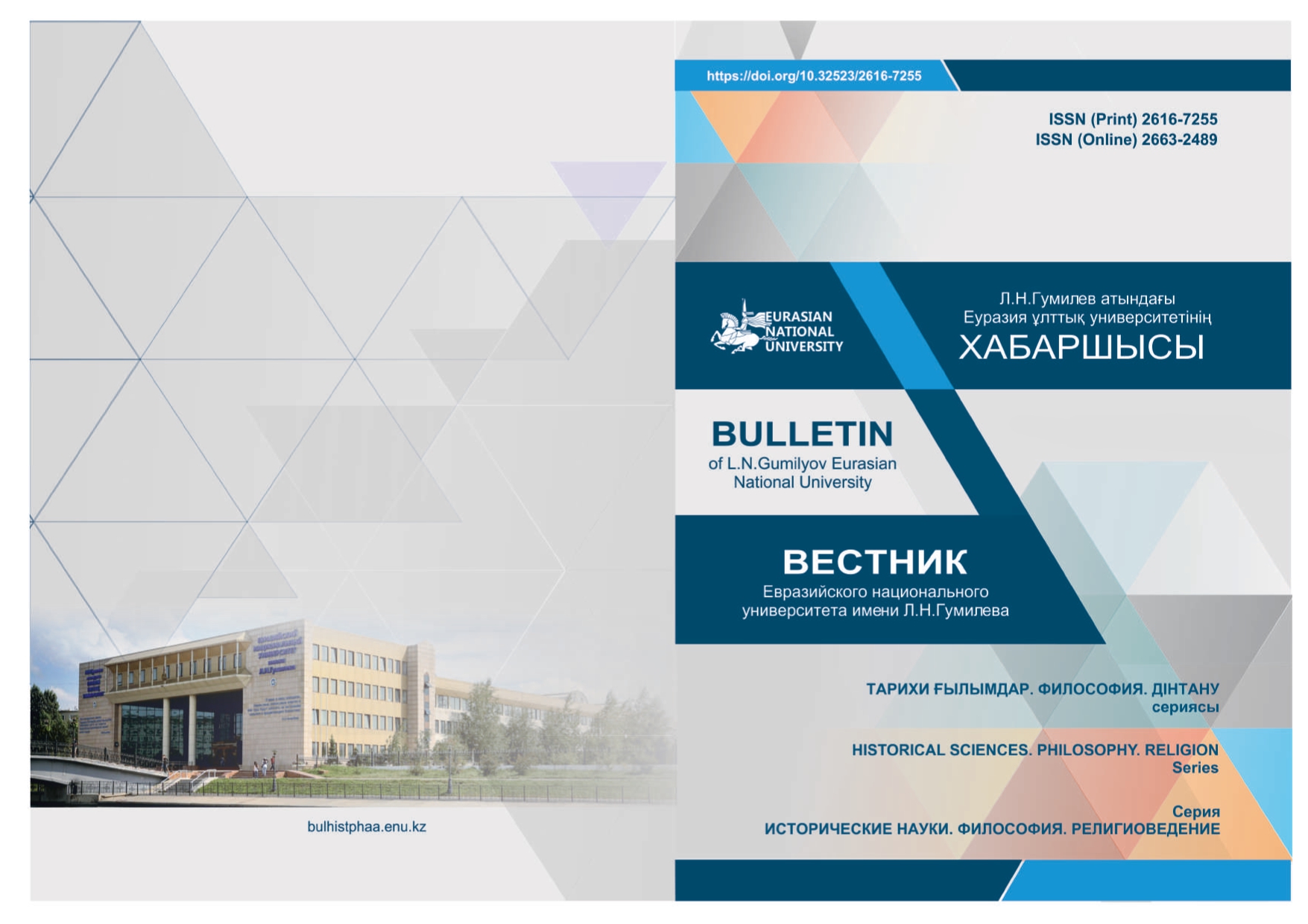Трансформации коллективной памяти: образы прошлого в культурном ландшафте Хобдинского района
Просмотры: 250 / Загрузок PDF: 357
DOI:
https://doi.org/10.32523/2616-7255-2023-144-3-200-218Ключевые слова:
Хобдинский район; Кобда, культурный ландшафт; культурное наследие; советскость; постсоветскость; гибридизация, практики памяти; мавзолей; мечеть; батыры; аллеи памяти.Аннотация
В статье представлены результаты полевых исследований в Хобдинском районе Актюбинской области. В ходе исследования авторами фиксируются процессы переосмысления советских образов и паттернов коллективной памяти, когда в отношении событий прошлого могут наблюдаться механизмы как сохранения, так и забвения, что приводит к гибридизации. Тенденции забвения «героических» образов советского прошлого проявляются в отношении некоторых памятников советского периода, когда они могут постепенно исключаться из реестра материальных объектов истории и культуры, находящихся под охраной государства. Вместе с тем, значимость героев Второй мировой войны, как в случае с Алией Молдагуловой, продолжает широко популяризироваться как важная часть коллективной памяти не только регионального, но и национального масштаба. Более того, значимые для региональной памяти и идентичности герои Второй мировой войны помещаются в более широкий контекст героического прошлого казахского народа, главными символами которого теперь становятся такие личности, как Каракыпшак Кобланды и Исатай Тайманулы. Кроме тенденций гибридизации героических образов доколониального, колониального и советского периодов, авторами также описаны кейсы, когда мечеть начинает функционировать как главный элемент для организации коллективных мест памяти, тем самым все более вовлекаясь в процессы формирования новых публичных пространств в современном Казахстане
Скачивания

Загрузки
Опубликован
Как цитировать
Выпуск
Раздел
Лицензия
Copyright (c) 2023 Мейрам Ж. Кикимбаев, Дана Е. Оразбаева

Это произведение доступно по лицензии Creative Commons «Attribution-NonCommercial» («Атрибуция — Некоммерческое использование») 4.0 Всемирная.





